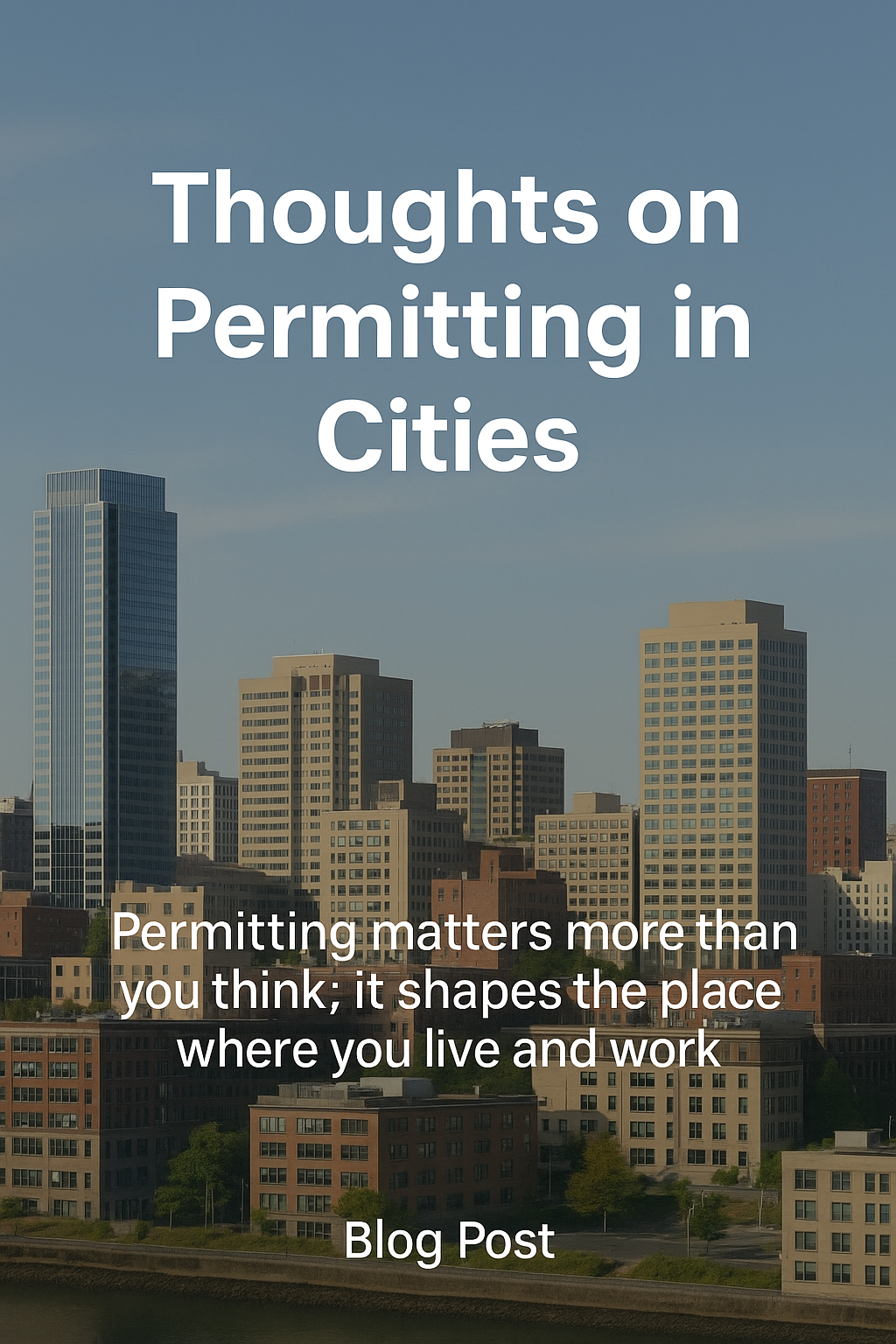
For nearly five years, I served on the City of Tacoma’s permitting task force. I was appointed by the City Manager after being recommended through a group I co-founded, Revive Downtown — a coalition of CRE professionals who met monthly to talk about what was holding back progress in Tacoma’s built environment.
We had some powerful conversations. We made early progress. And for a brief window, it felt like real change was possible.
But the deeper I got, the more obvious it became: permitting isn’t just a local issue. It’s a systemic one. It’s not about which planner is assigned to which project — it’s about how we coordinate execution at scale.
In city after city, projects stall not because people don’t care, but because the systems aren’t built to support clarity, efficiency, or accountability.
If you’ve ever tried to open a restaurant, adaptively reuse a building, or bring new retail to a downtown corridor, you already know what I mean. The process is opaque. The delays are expensive. And even well-intentioned teams get worn down before the doors open.
This post isn’t about Tacoma politics. I’ve stepped away from those rooms.
This post is about why I built Aedifico — a project execution network that understands what permitting sits inside of: a massive, fragmented ecosystem of professionals trying to get work done.
Permitting matters. It is the conduit for all the places we say we want: thriving main streets, culturally relevant restaurants, renovated buildings, equitable development.
But to get there, we don’t just need policy change.
We need better coordination.
We need tools that support execution.
We need to treat this layer of work like the infrastructure it actually is.
That’s the work I’m doing now.
Not by advising from the sidelines — but by building something new.









